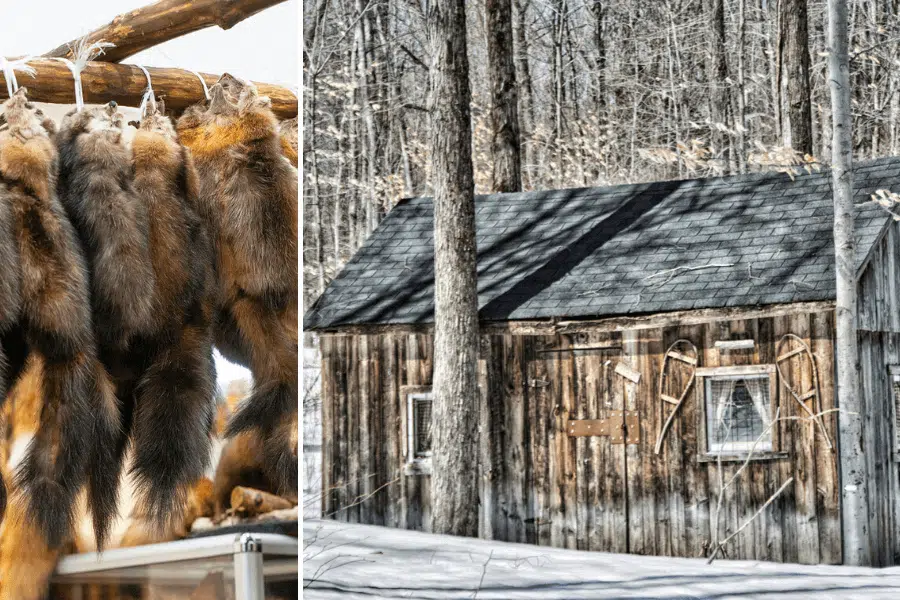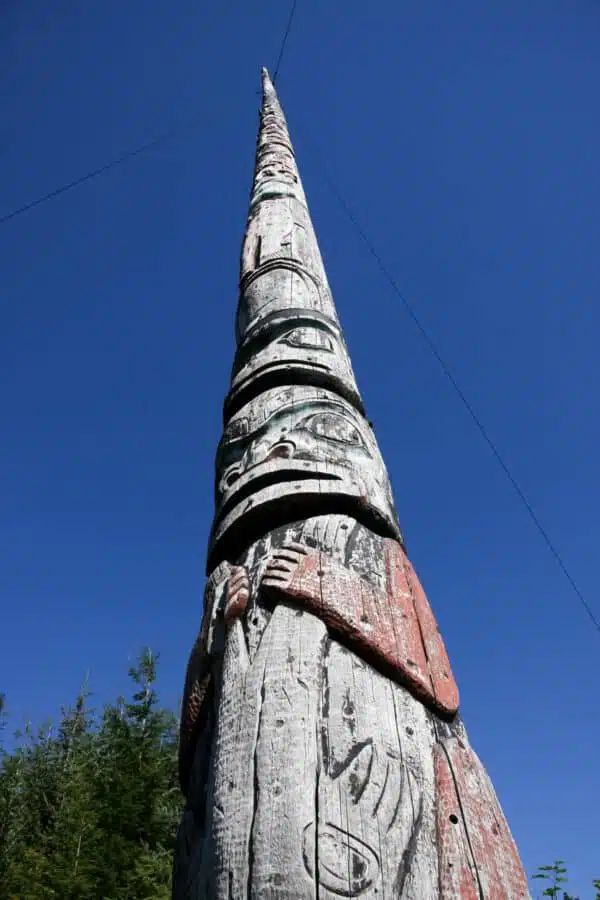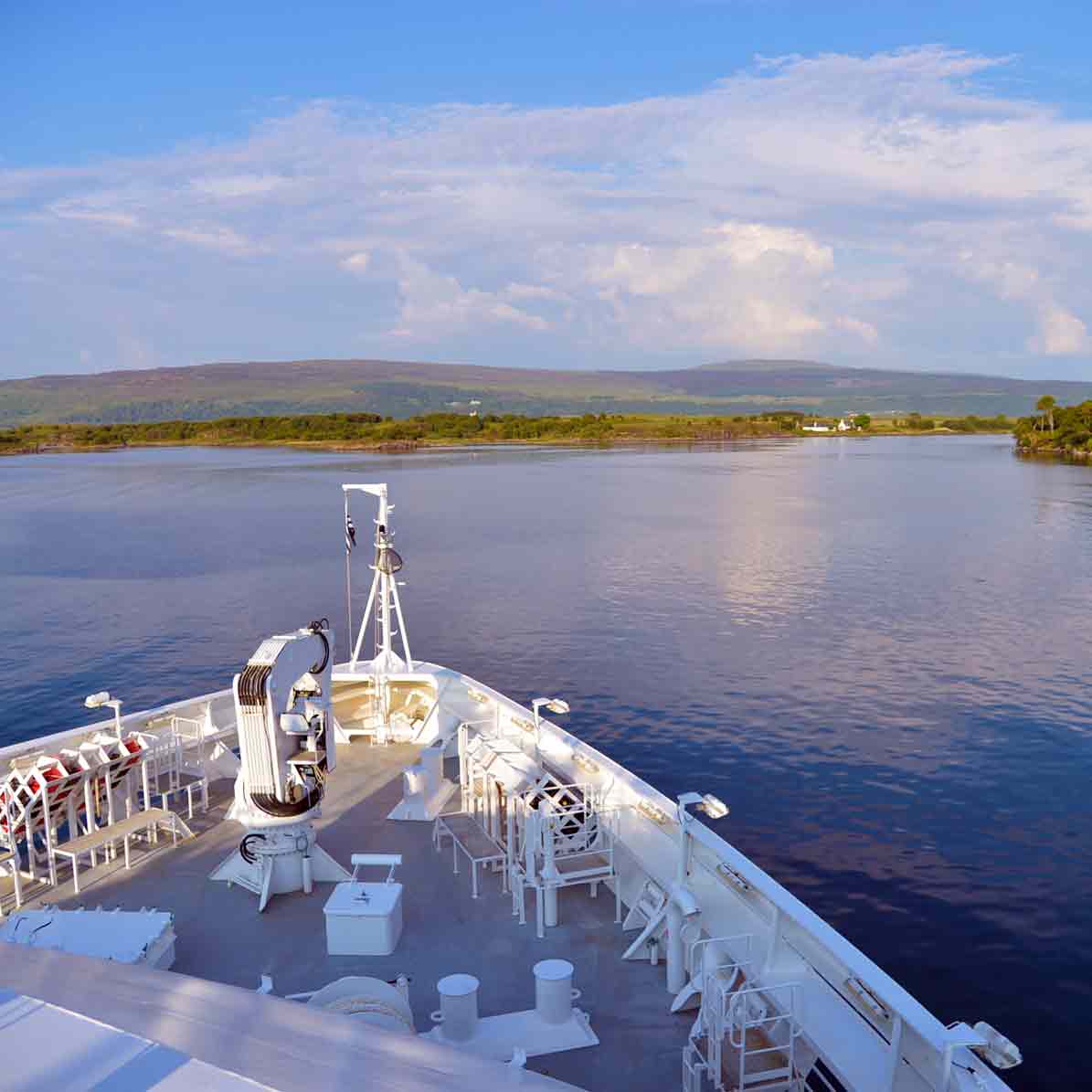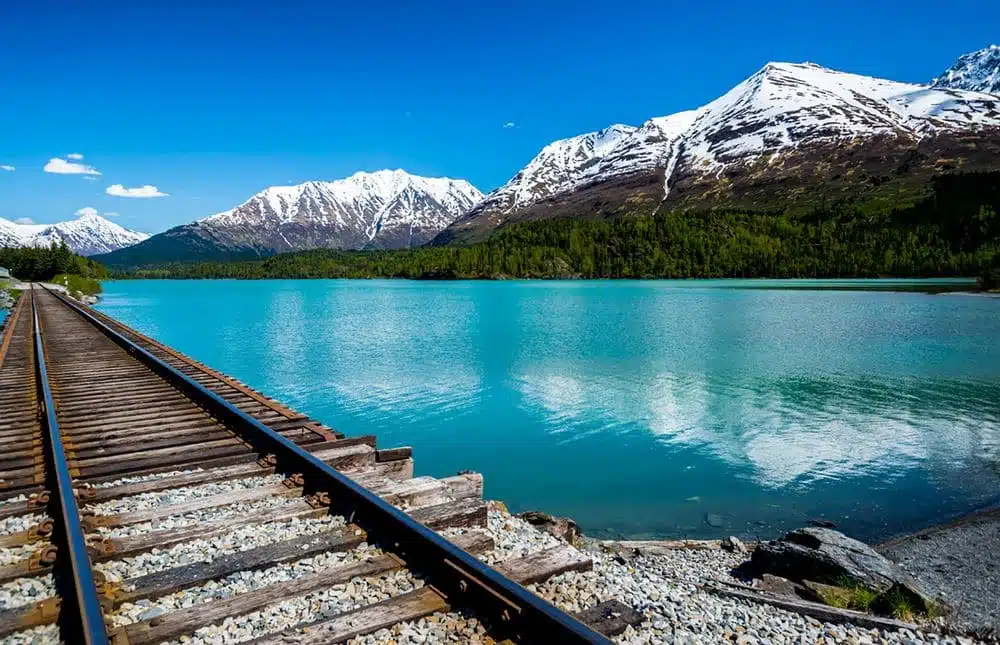An adventure to the furthest reaches of the globe!
A wilderness with breathtaking views, the American Far North was a paradise for gold prospectors and trappers looking to embark on a thrilling adventure. Those who visit Alaska, the Aleutian Islands and Canada to follow in their footsteps will discover unforgettable natural landscapes and remarkable wildlife. So, are you ready for an adventure?
A story of gold and fur
Although tanning hides dates back to the dawn of humanity, the animal skin trade became particularly significant in North America in the 17th century. It was at this time that the technique of capturing animals using traps gave its name to a whole class of adventurers that remains associated with legends about conquering vast territories. These trappers travelled thousands of miles across mountains, coastal paths and forests, often on foot, in search of the best areas for trapping game. As they explored Canada’s Northwest Territories, Alaska and the Yukon, they began to encounter gold prospectors in the late 19th century. 100,000 prospectors from around the world landed in these territories – which are harsh at the best of times, and particularly gruelling in the winter – looking for the best veins in the local gold fields (in the Klondike region and on the western tip of Alaska) in the hope of making their fortune.

Home to wildlife
“Experiencing this wild, open space transformed my life. It was unreal to see all these animals – killer whales, bears, etc. – in such an unspoilt paradise.” Nicolas Dubreuil, an adventurer and expert on the Arctic, describes his fascination upon reaching Alaska aged 18. Like the trappers of the past who travelled upriver following the migrating game and predators that populated these regions, today, rafters in the Chilkat Valley sometimes catch a glimpse of bears, elk and even wolves. But this reserve is dedicated to another animal and natural hunter: the bald eagle, whose eyries can sometimes be spotted by visitors. Around the Aleutian Islands, where some of the first Russian trappers settled in the 17th century and became specialised in sea otter pelts, it is the diversity of marine wildlife that impresses observers, with its host of whales, killer whales and sea birds.

A land of wide open spaces
While travelling along the coasts of the Yukon, Alaska and the Aleutian Islands by boat reminds travellers of the sense of enormity gold prospectors must have felt upon arriving in these virtually untouched lands, getting a bird’s-eye view reveals even more treasures. Seaplanes are frequently used to transport passengers and perform reconnaissance flights in these parts, giving travellers the chance to appreciate the incredibly high concentration of natural sites along the American Arctic coastlines. From Skagway and Haines – two towns where the Klondike gold panners landed – you can see the peaks of Glacier Bay, a mountainous World Heritage Site where fjords, ice fields and forests create an unforgettable landscape. By canoe and then on foot, this region offers a real adventure to those who wish to explore it in conditions that hark back to the 19th-century pioneers and adventurers. And every year in February, the Yukon Quest, a unique dog sled race, is held nearby, attracting the bravest and most experienced mushers in the world for its difficulty and duration (several weeks).

Populations marked by their territory
From Quebec and Alaska to the Aleutian Islands and Canada’s Northwest Territories, the lives of Native American populations are often still linked to age-old practices that are associated with nature. The village of Kake (named after the Tlingit tribe that lives there) is home to one of the highest totem poles in the world, and its inhabitants are dependent on hunting, gathering and fishing.

By going up the Yukon River, you can follow in the footsteps of three famous Native Americans: Shaw Tlaa, Keish, and Kaa Goox, (all members of the Tagish people), who first discovered that local streams were brimming with gold while trapping in the Klondike region.
The Aleuts (or Unangan) also continue to work in traditional occupations related to their environment, notably fishing and the craft industries. They can be seen sailing on baidarka, typical kayaks that have enabled them to travel for millennia and hunt. Combining authenticity and nature, they are the guardians of these ‘ends of the earth’ that gave rise to the legend of the Arctic adventurers more than a century ago.
Take it further…
Must-read : The work of Jack London, especially The Call of the Wild and White Fang, gives a fair and melancholic glimpse into the Klondike region at the time of the gold rush, written by an author who lived through this historic moment.
Must-see:The French film The Last Trapper chronicles the life of Norman Winther, who, like thousands of others even today, drives a dog sled team and lives disconnected from civilisation, working as a trapper and musher.
The Revenant made its mark on cinema audiences for its particularly dramatic storyline: Alejandro Gonzalez Inarritu’s film chronicles the survival of a trapper who is attacked by a bear.

Explore Alaska
And experience an emotionally charged adventure of your own



